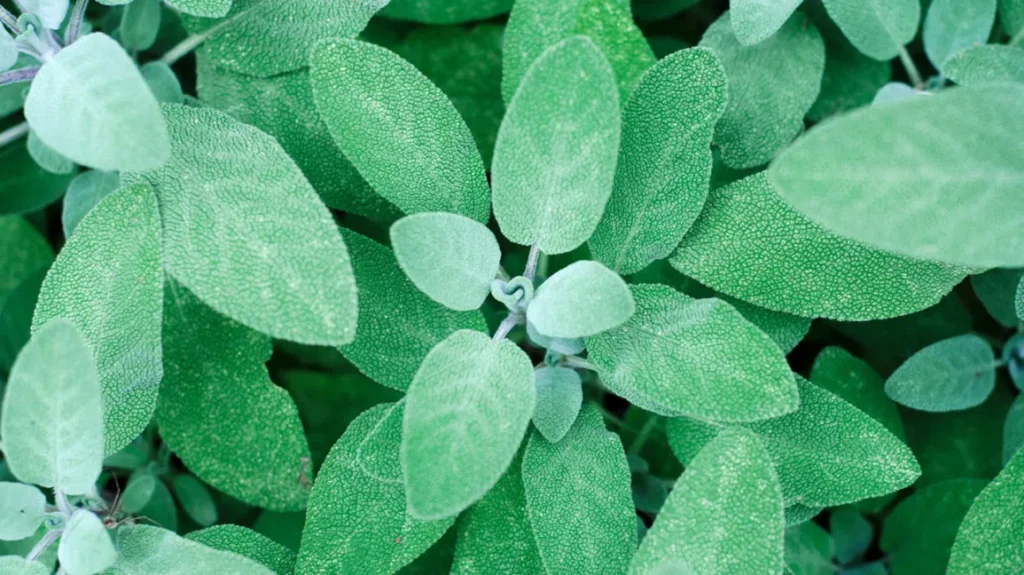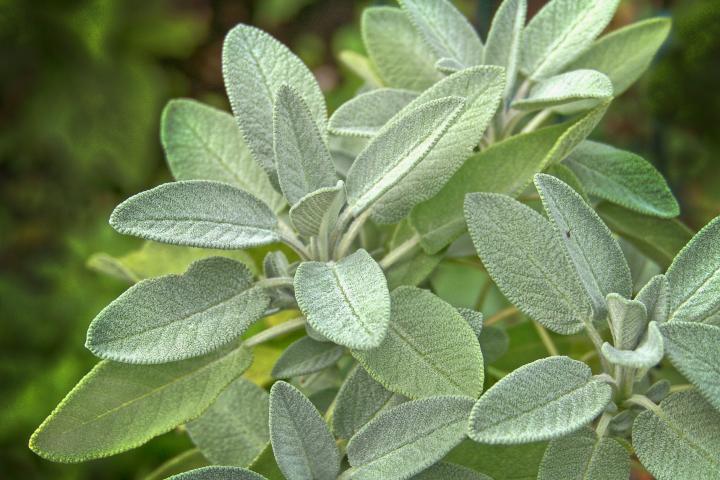
Welcome to Stella’s “Herbs for Life” series, where we explore the incredible potential of herbs in promoting a healthier and more vibrant life. In this edition, we delve into the captivating world of Sage, a remarkable herb renowned for its culinary uses, aromatic properties, and numerous health benefits. Join us on this journey as we uncover the secrets of Sage and discover how it can enhance your well-being.
Sage has a distinctive earthy and slightly peppery flavor, with hints of eucalyptus and mint. Its bold taste makes it an excellent complement to rich, savory dishes, particularly in Mediterranean and Italian cuisines. However, its intense flavor means it should be used sparingly, as too much sage can overpower other ingredients. Soft, Hairy Leaves: Sage leaves have a unique appearance, with a velvety texture and a gray-green color. The leaves are covered in fine hairs that can make them less appealing to some individuals, especially when used fresh in salads or uncooked dishes.
Sage is sensitive to overwatering and is susceptible to root rot in waterlogged soil. Drying Well: Unlike basil, sage retains its flavor well when dried, making it an excellent herb for preservation. Dried sage is commonly used in stuffing, roasted meat dishes, and various spice blends.
- Medicinal Use: Sage has a long history of medicinal use for its potential health benefits. It contains compounds with antioxidant and anti-inflammatory properties. Sage tea is a traditional remedy for soothing sore throats and alleviating digestive issues. However, it’s essential to use sage medicinally in moderation and consult with a healthcare professional, especially for pregnant women or individuals with certain medical conditions.
- Attracts Beneficial Insects: Sage produces beautiful flowers that attract pollinators like bees and butterflies, making it a valuable addition to pollinator-friendly gardens.
- Culinary Companionship: Sage pairs well with a variety of foods, including poultry, pork, sausage, and roasted vegetables. Its versatility extends beyond traditional savory dishes, as some chefs experiment with using sage in desserts, such as infusing it into ice cream or pairing it with sweet fruit flavors.
- Cultural Significance: Sage has cultural significance in various traditions and ceremonies. In some cultures, it is considered a symbol of wisdom, purification, and longevity. It has been used in smudging ceremonies by certain Indigenous cultures for spiritual cleansing and healing purposes.

Overall, sage is a robust and flavorful herb that can add depth and complexity to a wide range of dishes. Its distinctive taste, coupled with its unique appearance and cultural significance, makes it a treasured herb in many culinary and holistic practices. Whether used fresh, dried, or for its potential health benefits, sage continues to be a cherished herb for cooking and various other applications.

